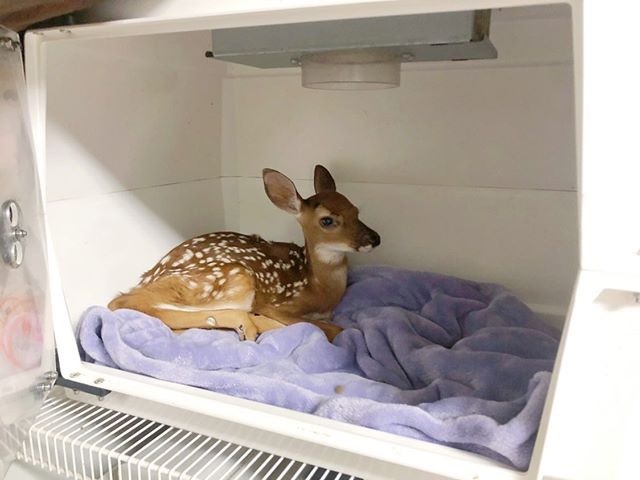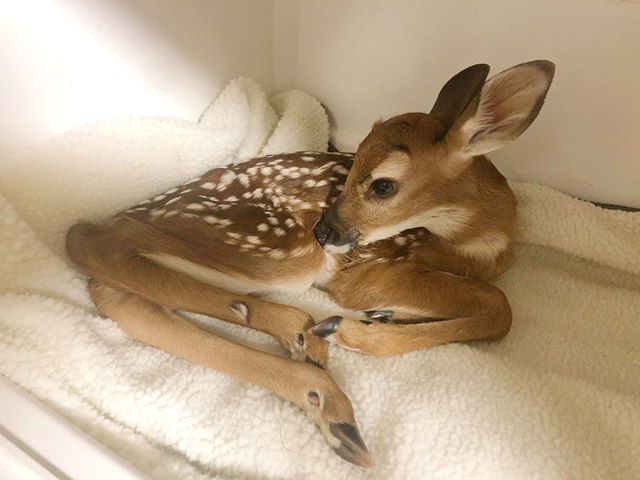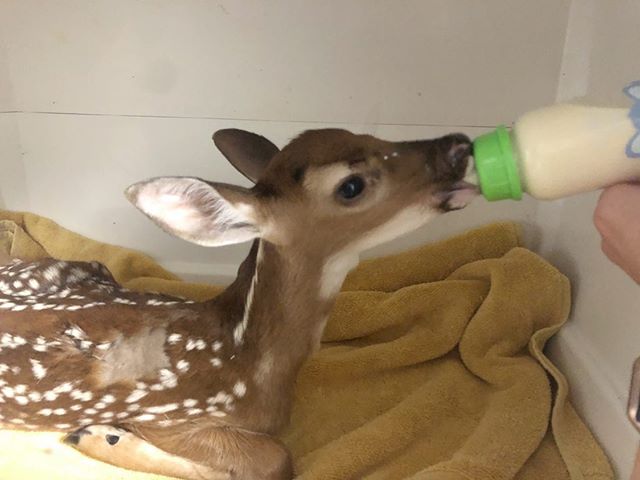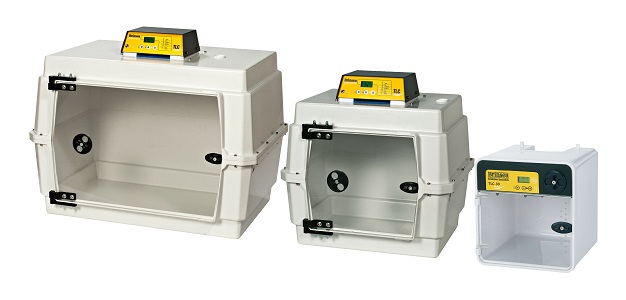What is Wildlife Rehabilitation?
If you are unfamiliar with the world of wildlife rehabilitation, hearing about wildlife rehabilitators may be something of a mystery. We have vets for house pets that get sick or injured, but you can’t always take an injured squirrel or fawn to the vet. That’s where wildlife rehabbers come in. Wild animals need special care that few people are trained for. Below is more information from Brinsea about wildlife rehabilitation and how you can help.
Key Points About Wildlife Rehab
- The Goal is Release: The primary goal of wildlife rehabilitation is to treat injured and orphaned wild animals and release them back into their natural habitat.
- Specialized Care is Required: Rehabbers are trained to provide care while limiting human interaction to ensure animals remain wild.
- You Can Help: You can support this vital work by volunteering, donating supplies, or raising awareness.
-
The "How" and "Why" of Wildlife Rehabilitation
When it comes to rehabilitating animals, there are many different ways to go about this. Some facilities and rehabbers use intensive care units, like Brinsea’s TLCs, to provide a controlled environment for recovery.
The Ultimate Goal: Release into the Wild
The end goal of all wildlife rehab is to release a healthy animal back into the wild where it can thrive independently.
Key Principles of Successful Rehabilitation:
- Limiting Human Contact: Great care is taken to prevent animals from becoming accustomed to human interaction, which would endanger them in the wild.
- Promoting Natural Behaviors: A rehabilitated animal must have the ability to forage and fend for itself to be considered a successful release.
- Difficult Realities: Wildlife rehabilitation can be a stressful and difficult job. It is sometimes necessary to euthanize an animal who won’t recover or be able to take care of themselves.

What About Non-Releasable Animals?
Some wildlife rehab facilities have what they call “halfway houses.” These are for animals who can’t make it on their own in the wild. They are cared for and protected without being kept indoors as pets.
-
The Right Tool for a Second Chance
Providing a warm, clean, and controlled environment is critical for the recovery of small and vulnerable animals. Brinsea's TLC Intensive Care Units are trusted by wildlife rehabilitators around the world to give these animals the best possible chance of survival.
Brinsea TLCs in Action
Our intensive care units are used for a wide variety of animals around the world. For example:
- In the UK, our TLC units are often used for hedgehog rehabilitation.
- In the US, animals like squirrels and fawns are commonly the animals that benefit from our TLC units.
-
Which Animals Can Be Rehabilitated?
All animals can receive care! From otters to squirrels, birds to deer, wildlife rehabbers don’t discriminate. If you do some research on the internet for your area you can probably find facilities, organizations, or even hospitals that are dedicated to a certain type of animal that is common to where you live. Squirrel hospitals and facilities dedicated to birds of prey are just a few examples.
Found an Injured Animal?
If you have recently found an injured or sick animal and aren’t sure what to do, a quick internet search can help answer many of your questions. You may even have a wildlife animal hospital in your area that you can call to get help.

-
How to Get Involved
Depending on where you live, some states require special licenses or certificates in order to operate as a wildlife rehabber. There are places where you may be able to volunteer, however, although you will still need special training.
If you are unable to volunteer, you can still help by donating supplies or raising awareness. Sharing information on social media can go a long way. Every second counts when it comes to rescuing animals, so helping others become aware of how to handle finding an animal in need is important.

Support Rehabbers Directly with Baby Warm
Baby Warm is an organization run by volunteers that gets wildlife rehabbers the equipment they need. They exclusively use Brinsea recovery incubators in their program. You can visit their website to read about individual rehabbers and donate to their goal. Proper warmth can mean the difference between life and death for many animals.
Fawn images courtesy of Edith Allen Wildlife Sanctuary, Inc.
-
Wildlife Rehab Resources
Key Organizations
On their website, the National Wildlife Rehabilitators Association states that their vision is to gain worldwide recognition and respect for wildlife rehabilitation as a profession. They have many different programs and opportunities, as well as a lot of information on their site that is worth looking into.
Other associations worth mentioning are the California Council for Wildlife Rehabilitators and the New York State Wildlife Rehabilitation Council.
Finding a Local Rehabilitator
A list of permitted/licensed wildlife rehabbers organized by state is available on the Ohio Wildlife Rehabilitators Association website, and you can also use Animal Help Now to locate rehabbers in your area. The Florida Wildlife Rehabilitators Association has great information on how to get involved and help your local wildlife.


